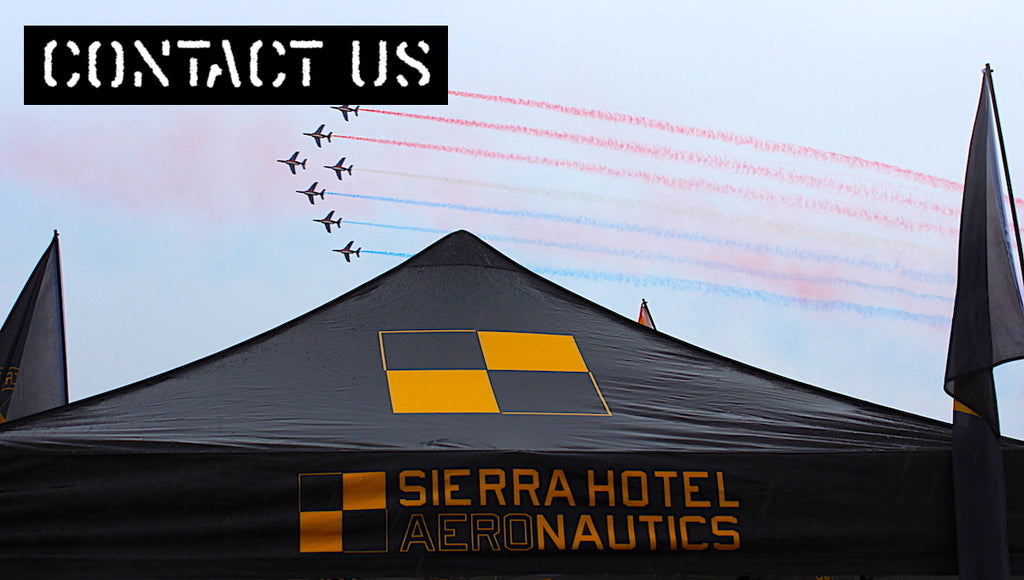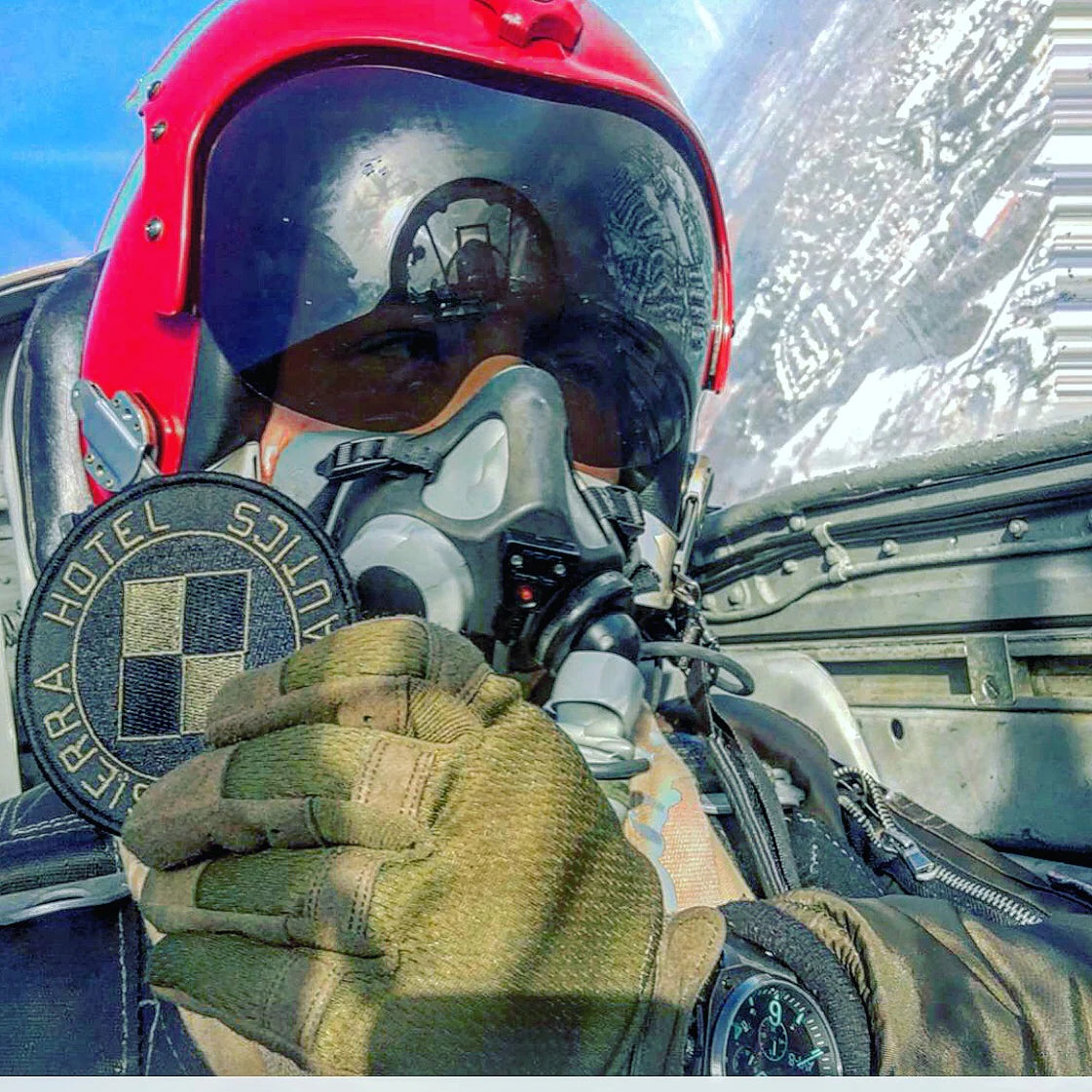Landing Blind with a Crippled F-14

During a mission in the Persian Gulf, a VF-142 F-14 Tomcat lost its radome due to the latching mechanism failure at over 450kts, and an altitude of 27,000 feet. During in-flight separation, the radome slammed into the canopy and shattered the forward glass of the canopy windscreen. Forward visibility was restricted to a three-inch hole in the left windscreen, as the rest of the forward glass was badly cracked. In addition to the 3-inch visibility, and screaming winds inside the cockpit, LCDR Joe Edwards realized while struggling to keep control of his wounded aircraft, that he had lost sight in his right eye.
.

.
With all hell breaking lose, Edwards assumed his RIO (radar intercept officer) Lt. Cmdr. Scott Grundmeier had sustained serious injuries, and chose not to pull the ejection handle, but instead to attempt to bring his aircraft back aboard the USS Eisenhower to ensure immediate medical care for his RIO.
En route to the aircraft carrier in the emergency descent, Edwards noticed his RIO’s head moving in the backseat through his rearward mirror, and LCDR Grundmeier managed to give a hand signal. Grundmeier had survived! Now they had to bring their wounded bird back to the deck.
At this time, due to the loss of radio contact the USS Eisenhower was still unaware of their dire situation. Edwards dropped down to 500 feet above the ocean water, making a low pass alongside the flight deck, and allowing their shipmates to witness the condition of their wounded Tomcat..
En route to the aircraft carrier in the emergency descent, Edwards noticed his RIO’s head moving in the backseat through his rearward mirror, and LCDR Grundmeier managed to give a hand signal. Grundmeier had survived! Now they had to bring their wounded bird back to the deck.
At this time, due to the loss of radio contact the USS Eisenhower was still unaware of their dire situation. Edwards dropped down to 500 feet above the ocean water, making a low pass alongside the flight deck, and allowing their shipmates to witness the condition of their wounded Tomcat..

Making two practice approaches, and allowing the flight deck crew time to prepare for the trap, on the third approach, LCDR Joe Edwards, using only 3 inches of visibility through his canopy,, a smashed right collarbone, and glass shards lodged in one eye, still managed to bring the jet back to the ship for an almost perfect two wire landing.

"It is the most extraordinary flying feat I have seen in peace or war in my lifetime," said CAPT. Jim Sherlock, air wing commander of the USS Dwight D. Eisenhower.
.

.
LCDR Edwards was immediately transferred to Bahrain for emergency eye surgery and then flown back home to the US.
.

The good news is that not only did Edwards make a full recovery, but on January 22nd, 1998, Edwards launched off of Pad 39A as pilot of NASA’s Space Shuttle Endeavour Mission STS-89

.
LCDR Joe Edwards and LCDR Scott Grundmeier received Distinguished Flying Crosses for their remarkable performance under extreme and unprecedented conditions on that fateful day over the Persian Gulf.
.
.












Having worked on the Cats from 77-80 on the IKE with sister squadron VF-143 Pukin Dogs that Bird could take a bad beating & still bring you home. Very expensive to maintain, that is why the NAVY cut her afloat. To that Aircrew, a very well deserved BRAVO ZULU Gentle men!
I don’t understand the issue. Only the best flight students get jets. Only the best jet students get fighters, only the best fighter students get Tomcats and only the best Tomcat crews get VF-142. Performance was routine. Launch the Alert Goats. I was Goat Gunner when I retired in 83. Good on both of the flight crew.
Grumman Iron Works built in the USA
Wow! What an incredible story. I had never heard of this before today. I’m sure I had worked on 205 when I was a goat from ‘81-‘84. Bravo Zulu
I’ve had the pleasure of spending a bit of time with him and announcing for him at a couple of air shows. He’s a wonderful gentleman; humble, genuine, and a remarkable pilot!
Leave a comment